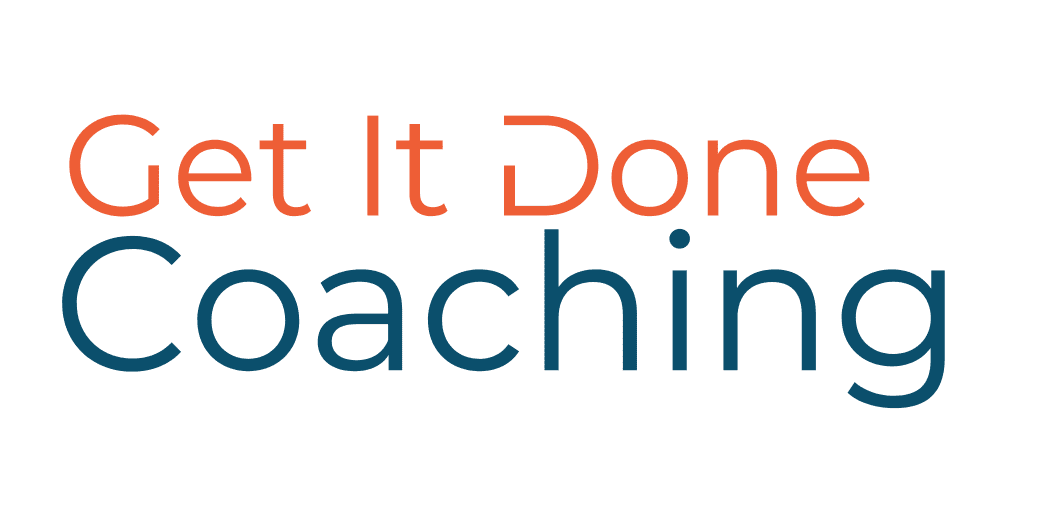Before creating content, you should be crystal clear about your goal:
- If you want to become a blogger, your primary goal is to grow your audience.
- If you are a coach looking for potential customers, your goal is to sell (or at least start the sales conversation).
These are two very different goals that require two different content strategies.
If your goal is to sell your coaching package, your digital course, or any other products or services, your content should:
- challenge their beliefs,
- spark their curiosity in your product/services, and
- build trust in your ability to help them solve their problem
These are three types of content that will help you achieve those goals.
1. Your content should be related to the coaching packages / digital products that you offer
“Begin with the end in mind”, -Dr. Stephen R. Covey
Before creating any content, you must be clear on the coaching package / digital products you are ready to offer.
Once you figure out what you are selling, you now know:
- who is your client
- how they feel right now
- what are their goals, dreams, hidden desires
- what problems, fears, and questions do they have
- what solutions they’ve tried before, and why those did not work
- what’s your solution, how is it different from others, and why it will work for them
.. and more.
And that’s your content.
All of the above.
Your content should be specific to the client you want to serve and the problem you want to solve. The more specific, the better. All you need to do is talk about the same thing in a million different ways.
Now, that strategy won’t bring you a large audience.
But it will help you grab the attention of your ideal client.
2. Show, not just tell!
Promises, promises, promises…
But how would your potential clients know that what you offer is legit? How would they know if it’s going to work for them?
When you are just starting out, the biggest objection to buying from you is the lack of trust.
So, any content that can support your promise, like
- testimonials
- case studies
- showcasing your product (services), e.g., screenshots, videos, demonstrations
is a great way to build trust in you and your offers.
It is also the most effortless content to produce. Simply convert your daily to-do list into micro-content to consistently show what you do and how you do it in a fun, interesting, entertaining way.
Gary Vee was telling us all along:
Document, Don't create
3. Challenge your clients’ current beliefs
This is the most powerful type of content.
Your clients are not stupid.
Agreed?
So, there must be some faulty beliefs that keep them where they are. Here are the questions to help you identify those:
- What are the mistakes your clients keep making?
- What beliefs do your clients have that lead them to make these mistakes?
- What are they doing that they should not? What they are not doing, that they should be?
- What do you know that they don’t know about the problem, the solution, or them?
- What is everyone in the industry saying that you disagree with and think contributes to your client’s problem?
If you can nail this one, that’s how you get attention and clients.
Once you figure out the above, that should be about 80% of your content.
The other 20% could be pretty much anything that helps your clients learn more about you, connect with you, and ultimately like you as a person.
Actions for this week
- Get clear on your offer(s) that you want to sell now
- Brainstorm ten topics in each of the above three categories. You now have 30 topics for at least the next 30 days.
- Create your first piece of content that sells, post it, and enjoy the results.
And that's all for today.
Until next Sunday.
Stay awesome,
Lidia
